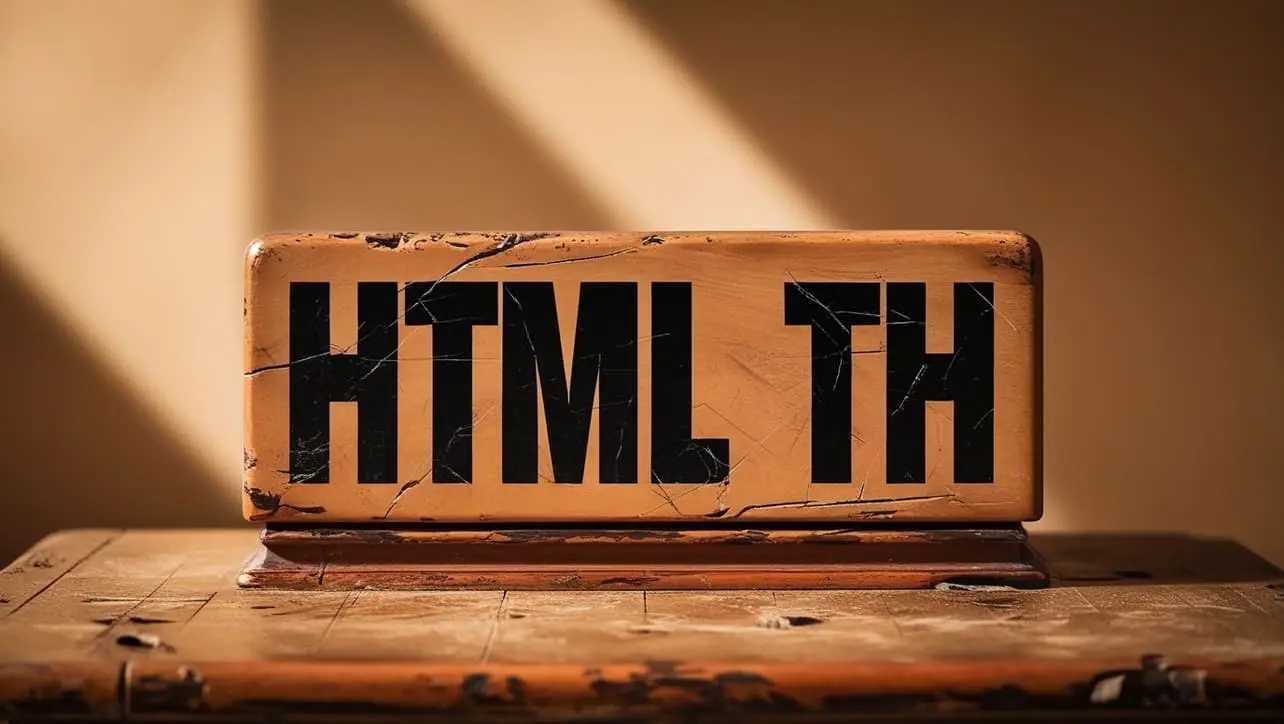
HTML Topics
- HTML Intro
- HTML Basic
- HTML Editors
- HTML CSS
- HTML Tags
- <!--...-->
- <!DOCTYPE>
- <a>
- <abbr>
- <address>
- <area>
- <article>
- <aside>
- <audio>
- <b>
- <base>
- <bdi>
- <bdo>
- <bgsound>
- <blink>
- <blockquote>
- <body>
- <br>
- <button>
- <canvas>
- <caption>
- <cite>
- <code>
- <col>
- <colgroup>
- <data>
- <datalist>
- <dd>
- <del>
- <details>
- <dfn>
- <dialog>
- <div>
- <dl>
- <dt>
- <em>
- <embed>
- <fieldset>
- <figcaption>
- <figure>
- <footer>
- <form>
- <h1> to <h6>
- <head>
- <header>
- <hgroup>
- <hr>
- <html>
- <i>
- <iframe>
- <img>
- <input>
- <ins>
- <kbd>
- <label>
- <legend>
- <li>
- <link>
- <main>
- <map>
- <mark>
- <menu>
- <meta>
- <meter>
- <nav>
- <noscript>
- <object>
- <ol>
- <optgroup>
- <option>
- <output>
- <p>
- <param>
- <picture>
- <pre>
- <progress>
- <q>
- <rp>
- <rt>
- <ruby>
- <s>
- <samp>
- <script>
- <search>
- <section>
- <select>
- <small>
- <source>
- <span>
- <strong>
- <style>
- <sub>
- <summary>
- <sup>
- <svg>
- <table>
- <tbody>
- <td>
- <template>
- <textarea>
- <tfoot>
- <th>
- <thead>
- <time>
- <title>
- <tr>
- <track>
- <u>
- <ul>
- <var>
- <video>
- <wbr>
- HTML Deprecated Tags
- HTML Events
- HTML Event Attributes
- HTML Global Attributes
- HTML Attributes
- HTML Comments
- HTML Entity
- HTML Head
- HTML Form
- HTML IndexedDB
- HTML Drag & Drop
- HTML Geolocation
- HTML Canvas
- HTML Status Code
- HTML Language Code
- HTML Country Code
- HTML Charset
- MIME Types
HTML th Tag

Photo Credit to CodeToFun
🙋 Introduction
In the world of HTML and web development, the <th> tag plays a crucial role in structuring and organizing tabular data.
This comprehensive guide will provide you with insights into the purpose, usage, and best practices for implementing the HTML <th> tag.
🤔 What is <th> Tag?
The <th> tag in HTML is specifically designed to define header cells within a table. It stands for "table header" and is employed to label the rows and columns of a table, providing context and enhancing the accessibility of tabular information.
💡 Syntax
To employ the <th> tag, enclose the header content within the opening <th> and closing </th> tags. This signals to the browser that the content should be treated as a table header.
<th>Your Header Content</th>🧰 Attributes
The <th> tag supports various attributes that enhance its functionality and appearance. Some commonly used attributes include colspan and rowspan to control the spanning of header cells across multiple columns or rows.
<th colspan="2">Spanning Two Columns</th>
<th rowspan="3">Spanning Three Rows</th>📚 Common Use Cases
Basic Table Header:
The primary purpose of the
<th>tag is to define header cells in a table.basic-table-header.htmlCopied<table> <tr> <th>Header 1</th> <th>Header 2</th> <th>Header 3</th> </tr> <!-- Table rows with data --> </table>Spanning Columns and Rows:
Utilize the colspan and rowspan attributes to create more complex header structures.
spanning-columns-and-rows.htmlCopied<table> <tr> <th colspan="2">Header 1 and 2</th> <th>Header 3</th> </tr> <tr> <th>Subheader 1</th> <th>Subheader 2</th> <th>Subheader 3</th> </tr> <!-- Table rows with data --> </table>
🖥️ Browser Support
Understanding the compatibility of the <th> tag across different browsers is essential for delivering a consistent user experience. Here's an overview of its support:
- Google Chrome: Fully supported.
- Mozilla Firefox: Fully supported.
- Microsoft Edge: Fully supported.
- Safari: Fully supported.
- Opera: Fully supported.
- Internet Explorer: Fully supported.
Ensure you test your code in various browsers to guarantee a seamless experience for your audience.
🏆 Best Practices
- Always include a <thead> section to contain
<th>tags for better structure. - Use appropriate header cells for rows and columns to enhance accessibility.
- Experiment with styling options to make table headers visually distinct.
🎉 Conclusion
The HTML <th> tag is a valuable tool for creating well-organized and accessible tables. By implementing this tag effectively, you can enhance the clarity of your tabular data and provide a better user experience for your website visitors.
👨💻 Join our Community:
Author

For over eight years, I worked as a full-stack web developer. Now, I have chosen my profession as a full-time blogger at codetofun.com.
Buy me a coffee to make codetofun.com free for everyone.
Buy me a Coffee












If you have any doubts regarding this article (HTML th Tag), please comment here. I will help you immediately.